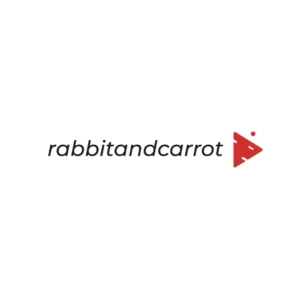Seeking an inventive means to captivate your audience—be it your team or your client base? Look no further than the burgeoning trend of Whiteboard Animation videos. As this video style gains traction, businesses are increasingly drawn to its appeal. Yet, mastery in crafting these unique videos still eludes many content creators. Before unveiling your own creation, peruse this comprehensive checklist, outlining crucial do’s and don'ts.
Present a clear message
For beginners in Animated Video Production, the inclination might be to condense all concerns into one extensive video. Nonetheless, this isn't advisable; shorter videos tend to perform more effectively. Concentrate on conveying a single, focused message in each video rather than overwhelming viewers. Start by addressing the most critical and immediate issue. Creating multiple videos to cover various topics or developing a series can ensure prolonged viewer engagement with your brand.
Don't make it too long
Achieving the ideal duration for your video is pivotal; whiteboard animations are well-suited for medium-length content, extending beyond a minute yet capping around two to three minutes. If your content demands more or less time, considering alternate formats is prudent. Allotting ample time for rendering performances and overseeing voiceovers is critical for the artist. Likewise, allowing your audience adequate time to grasp your message is imperative. Maintain a balance—avoid hastening while also preventing unnecessary prolongation of your video.
Do it in black and white
Dedicate a short while to imagine the visual concept you aim to achieve in your whiteboard animation videos. Do you imagine them with a classic black-and-white scheme, or do you see a huge splash of color scrolling across the screen? When it comes to whiteboard animation, it's best to stick to simple black ink on a white background. This can simplify your images and complement your content. You don't want to get too caught up in the design and colors, or you may be better suited to create a fully animated video.
Don't stray from the script
Crafting a video necessitates a well-defined concept for your voiceover before you embark on the project. This involves scripting the precise content to complement the visuals your artist will generate. Maintain fidelity to your script, avoiding distractions that may captivate your attention. Drifting into tangents or lengthy diversions detracts from audience interest and impedes information retention.
Include a call to action
Utilizing whiteboard animation videos proves effective in simplifying intricate concepts for both your team and clients, yet never overlook the chance to prompt engagement. Every marketing video should culminate with a distinct call to action, urging action without solely focusing on purchases; it could be as basic as:
Subscribe to a company newsletterGive your email address for a special promotionSearch for a productMake an appointment for a consultationExplicitly communicate the exact action you desire from your audience before concluding your video. This ensures that there are no lingering uncertainties about what steps they should take to further engage with your brand, products, or services, promoting a clear and direct call to action.
Incorporate engaging storytelling
Whiteboard Animation videos present an excellent opportunity to weave compelling narratives. Engage your audience through a captivating story that aligns with your message. A well-crafted story not only sustains interest but also aids in information retention. Use characters, anecdotes, or scenarios that resonate with your audience, creating a memorable viewing experience.
Utilize Visual Progression
Ensure a logical and coherent visual flow throughout your video. Create a seamless progression from one concept to the next, allowing viewers to easily follow the storyline or message. Use visual cues, transitions, and incremental changes on the whiteboard to guide the audience through the narrative. This aids in maintaining engagement and comprehension, preventing confusion, and ensuring a smooth viewing experience.
Conclusion
Mastering the craft of whiteboard animation involves more than mere drawing and narration—it's about strategic storytelling and visual coherence. By adhering to clear messaging, optimal length, simplistic design, scripted precision, compelling storytelling, and coherent visual progression, these videos become potent tools for engaging audiences. They simplify complexity, prompt action, and ensure lasting impact. Embrace these tactics to not just create videos, but to craft immersive experiences that resonate, educate, and drive meaningful engagement, establishing a strong connection between your brand and your audience.


